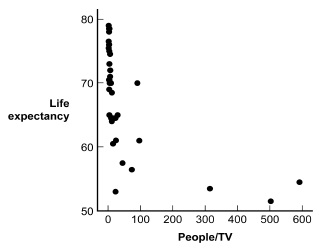Assignment:
1. An article in the journal Applied Nutritional Investigation reported the results of a comparison of two different weight-loss programs (Liao, 2007). In the study, obese participants were randomly assigned to one of two groups:
(1) the soy group, a low-calorie group that ate only soy-based proteins, or
(2) the traditional group, a low-calorie group that received 2/3 of their protein from animal products and 1/3 from plant products. One of the dependent measures collected was the amount of body fat loss as a percentage of initial body weight. Fictional data on the percent of body fat loss appears in the table. These data produce results similar to those of the 2007 study (note that a smaller n than that used in the study is presented for ease of calculation). Perform all six steps of the appropriate hypothesis test on this set of data.
|
Soy Diet
|
Traditional Diet
|
|
2.5
|
1.21
|
|
1.7
|
0.86
|
|
2.5
|
1.78
|
|
1.9
|
1.23
|
|
2.0
|
0.50
|
|
3.2
|
1.76
|
2. The figure depicts the relation between the number of people per television set and life expectancy in 40 countries as reported in the 1993 World Almanac and Book of Facts.

(a) What is the relation between the number of people per television set and life expectancy as depicted in the scatterplot?
(b) (Table: TV and Life Expectancy) A subset of the data appears in the table. For this subset of data calculate the Pearson correlation coefficient.
|
Country
|
Life expectancy
|
People/TV
|
|
Bangladesh
|
53.5
|
315
|
|
Kenya
|
61.0
|
96
|
|
North Korea
|
70.0
|
90
|
|
United States
|
75.5
|
1
|
|
Italy
|
78.5
|
4
|